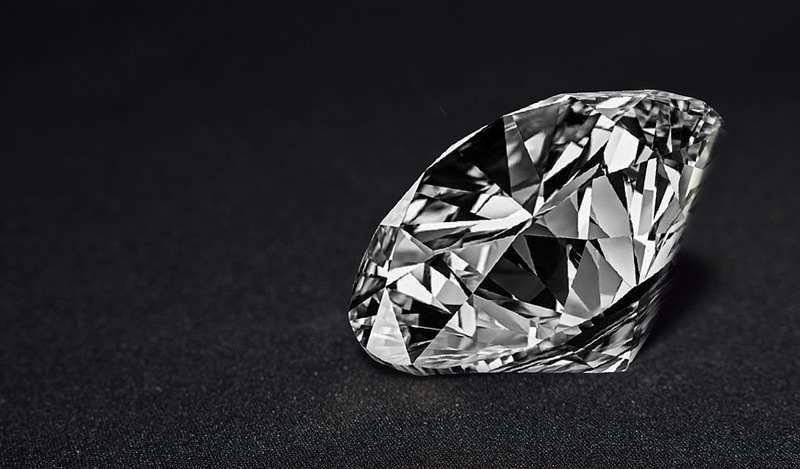Attempted diamond fraud thwarted by GIA

GIA says it is seeing an increase in the number of lab-grown diamonds submitted for update or verification services with counterfeit inscriptions referencing GIA natural diamond reports.
To ensure transparency and maintain trust with customers, jewellers should exercise caution when purchasing diamonds.
This is according to the GIA (Gemological Institute of America). The institute says it is seeing an increase in the number of lab-grown diamonds submitted for update or verification services with counterfeit inscriptions referencing GIA natural diamond reports. The majority of these stones are nearly identical in weight and size to the natural diamonds referenced in their accompanying report but, typically, have higher clarity.
This most recent example, submitted in Antwerp, of a laboratory-grown diamond with a counterfeit inscription highlights how close the stone’s measurements are to the information on the original report, the institute says.
The report accompanying the submitted stone was for a 3.078-carat, internally flawless, G, natural diamond (measuring 9.33 to 9.38 mm x 5.74 mm) with triple excellent make. The stone itself, however, was a 3.075-carat, VVS2, H, laboratory-grown diamond (measuring 9.39 to 9.41 mm by 5.76 mm) with triple excellent make.
At first glance, GIA says, the natural and lab-grown diamonds described were nearly identical, with measurements within hundredths of millimetres of each other.
“This unfortunate situation demonstrates why it is important, especially in any transaction where the buyer does not have a trusted relationship with the seller, to have the diamond grading report updated before completing a purchase,” says GIA executive vice-president and chief laboratory and research officer, Tom Moses.
Consistent with GIA policies, the institute overwrites a counterfeit inscription with Xs; issues a new, accurate report; and inscribes the newly-submitted stone with the number of the new report and, when appropriate, the phrase ‘laboratory-grown, GIA says.
Earlier this year, GIA reported a similar incident of a number of treated natural diamonds submitted for update or verification services with counterfeit report number inscriptions.

